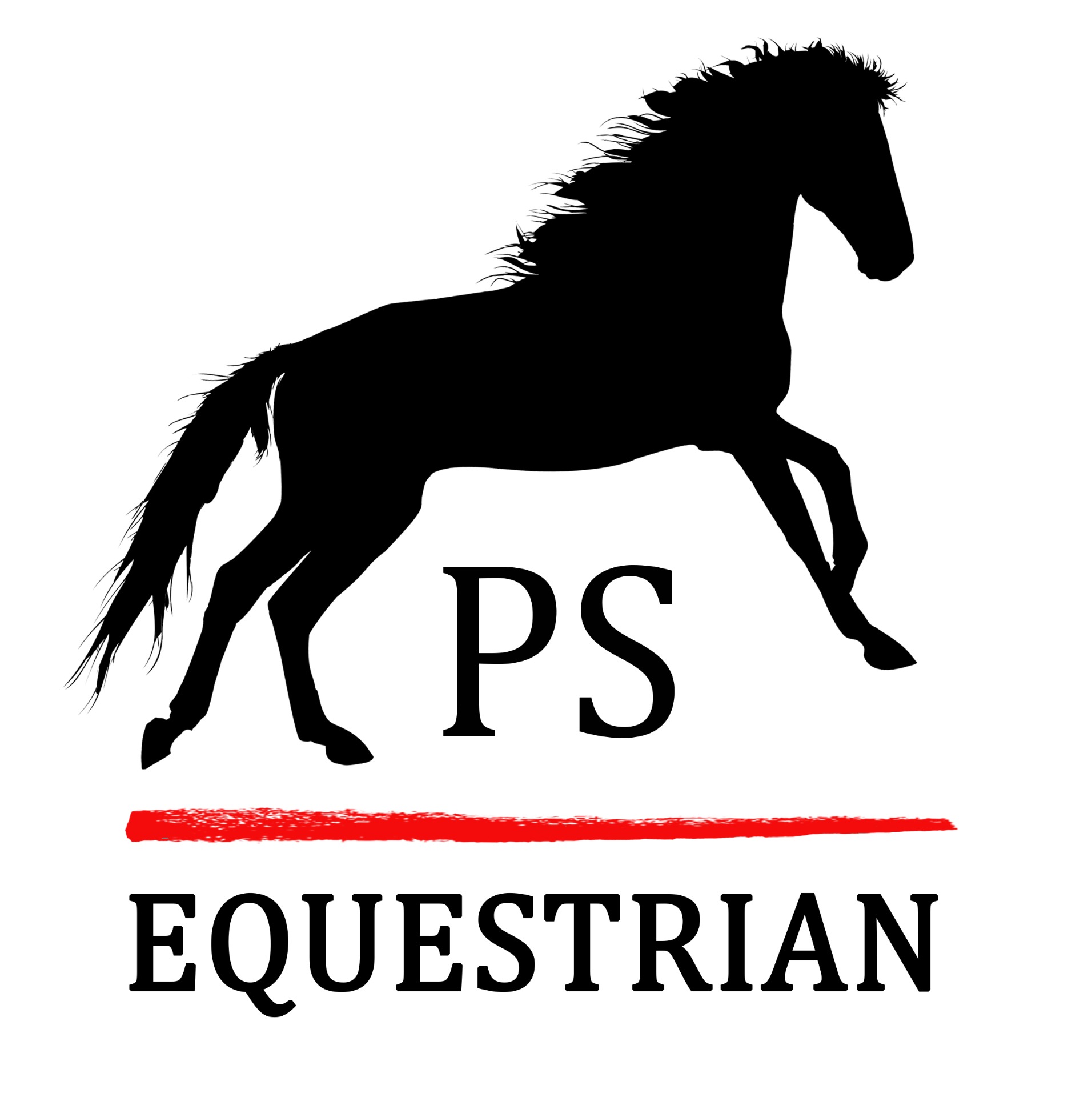How To Successfully Retrain an Ex- Racehorse
3 key principles that make retraining an ex-racehorse for competition or pleasure a rewarding and successful experience

Statistics indicate that between 5,000 and 7,000 thoroughbreds leave the racing industry every year, many of them going on to become successful eventers, showjumpers, or just very lovable horses who hack out calmly and are a pleasure to be around. The road to achieving that goal is often challenging. Racehorses experience different environments and training aids to horses from other backgrounds, which means some level of retraining is required.
These three training keys are the basis for any ex-racehorse retraining, whether you hope he'll become a successful competitor in the dressage or showjumping arena, excel at eventing, or your favourite companion and best.
1. Patience
If you're bringing a horse home straight off the track, you should consider giving him some time off to relax and learn the basics of being a horse again. Patience is key here and will be throughout the retraining process.
Basic training can start early on, focussing on ground manners and handling.
It's still important to be patient and give your horse a chance to learn calmly through trial and error than being rushed into fear-driven obedience.
2. Groundwork
Groundwork incorporates a variety of techniques designed to improve straightness, suppleness, and responsiveness.
Ex-racehorses need retraining mentally as well as physically. Thoroughbreds are hot blooded animals bred for speed and agility and, while they may have seen it all on the racetrack, they haven't necessarily developed coping strategies for life on a yard.
Groundwork should incorporate desensitisation exercises as well as lunging sessions.
The former deal with the mental rehabilitation while the lunging enables us to redevelop our ex-racehorse's musculature structure in anticipation for his new role under saddle.
From lunging, you can move onto working your horse in hand - a critical pillar of straightness training. Starting with a simple cavesson as you and your horse develop together, you can incorporate some bit work.
The cavesson is a vital first step, allowing you to address any issues arising from previous training and experiences.
Many racehorses, for instance, are taught to brace against the bit, whereas most competitive and pleasure riders want a horse to come onto the bit and work softly. Those issues can be addressed in the cavesson, after which the transition to the bit will be smoother.
3. Stay Calm
Hot-blooded as they tend to be, some ex-racehorses may be over-reactive and become skittish or nervous during the initial training sessions and, for some owners and trainers, this can set off a chain reaction.

Rather than reacting to your horse's mood, focus on staying calm and reassuring him. By making too much of an incident, you can exacerbate the problem.
By remaining calm, however, you can help the horse move quickly from a position of high stress to one of calm acceptance.
The most successful groundwork focusses on making the horse more physically and emotionally agile, and you can help him achieve that dexterity by staying calm and giving him a composed, confident leader he can rely on.
Retraining an ex-racehorse can be a fun and rewarding experience if you focus on the three key elements - patience, groundwork, and staying calm. Be the change you want to see in your horse, and he will mirror it back to you.
